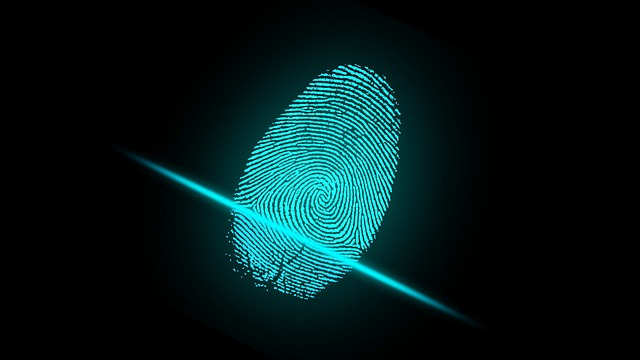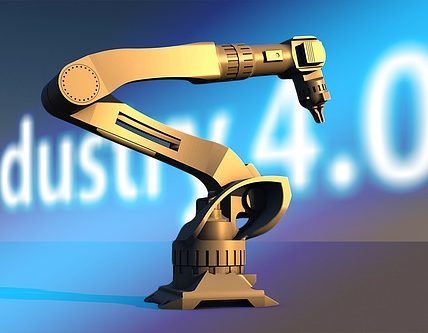
While biometric and time attendance systems have gained immense popularity in various industries like workforce management, they have also proven themselves useful in the education sector. Traditional student attendance tracking tricks such as card punching and roll calling had their inaccuracies and limitations and this has prompted the need for biometric attendance systems in schools as well. These systems are faster, more accurate and convenient and also serve as an excellent tool for protecting the privacy and identity of the students.
Why are these systems needed?
Traditional methods of student attendance such as card punches, paper-based attendance and roll calling have become outdated. Administrators and teachers often have to spend unnecessary time in tracking and compensating for the limitations of these old methods. Moreover, it can be difficult to execute manual supervision when large groups of students are involved. Therefore, these traditional attendance methods have loopholes that cannot prevent ID card theft, proxy attendance and attendance tracking errors, which are all serious problems and can have a direct impact on quality of education.
Whether it is a school biometric attendance system Kenya or elsewhere, it is automated and offers a convenient way to quickly record the student clock-in and clock-out times. Human physical and biometric characteristics are used by these systems, which are unique for every individual, allowing them to eliminate proxy attendance, ensure identification accuracy and prevent errors. Furthermore, sophisticated encryption is used by biometric technology, which prevents identity theft.
What are the benefits of employing biometrics in student attendance?
Integrating biometrics with student attendance systems in schools and other educational institutions can provide a number of benefits. Let’s look at some of the prominent ones:
- Accurate attendance: The primary benefit of using biometrics for student attendance tracking is the accuracy it offers. Schools can accurately monitor student attendance to prevent errors and proxy attendance, which is a common occurrence in traditional methods.
- Convenience: There is no denying that biometric attendance systems for students are a convenient way of checking when students come and go. These are automated systems and technical knowledge is not a requirement.
- Time-saving: Another prominent benefit of school biometric attendance systems is that they save considerable time. Recording attendance in class can be incredibly time consuming whereas biometric system can do it in mere seconds. This saves teachers a lot of time and hassle otherwise spent in taking attendance and then correcting errors that occur in traditional methods.
- Increased security and privacy: During enrollment, scanned biometric templates are converted by biometric systems to computer code and this information is stored in a database for matching fingerprints and verification. This means it is virtually impossible to for anyone to even think about duplicating the original image or spoofing it for the purpose of fraud. Strong encryption methods are used for protecting a database from being compromised.
In this era of rapid technological development, schools need to have an efficient and cost-effective system for student attendance management and this is exactly what they can get with a biometric system.










![Watch Video Now on xiaohongshu.com [以色列Elevatione perfectio X美容仪 perfectio X 全新仪器黑科技了解下]](https://www.techburgeon.com/wp-content/uploads/2019/07/perfectiox-singapore-150x150.jpg)
